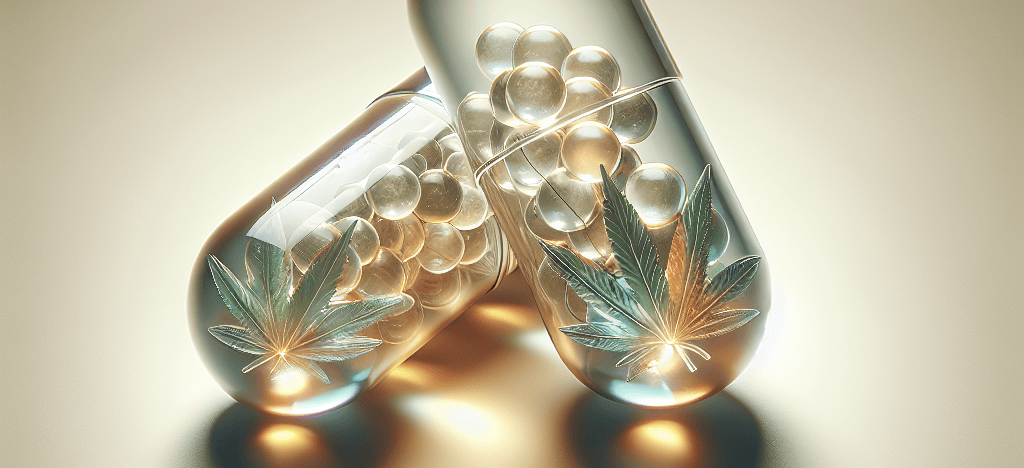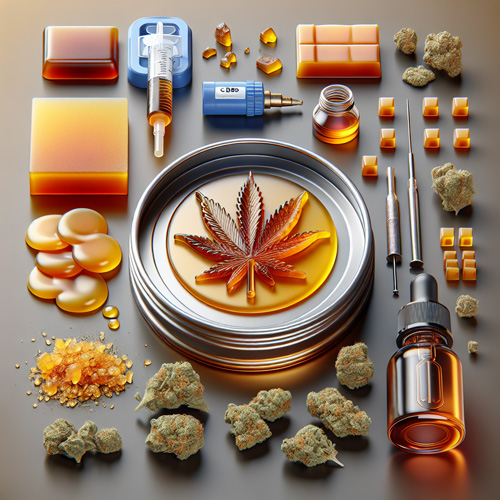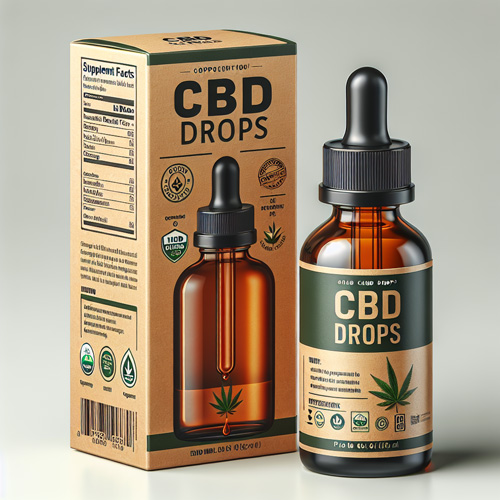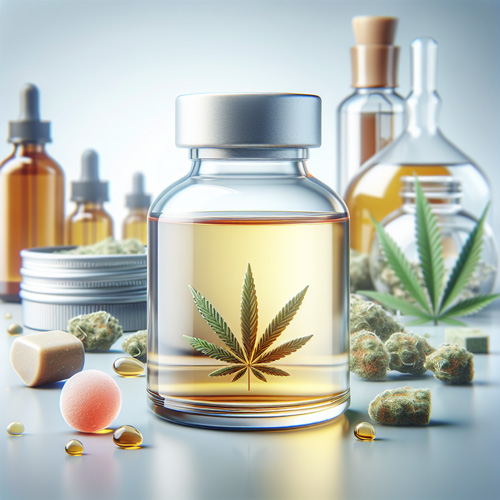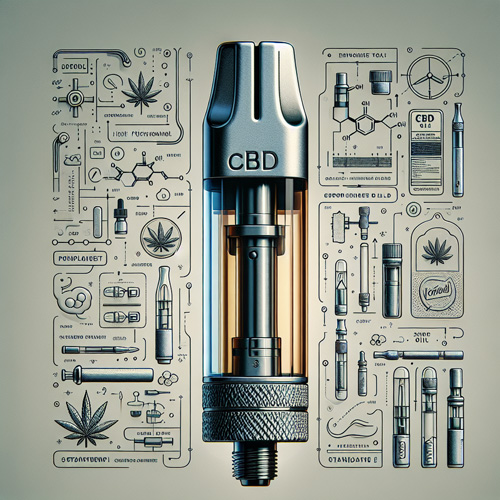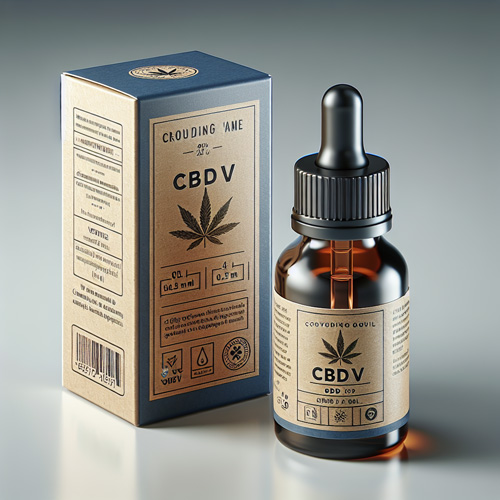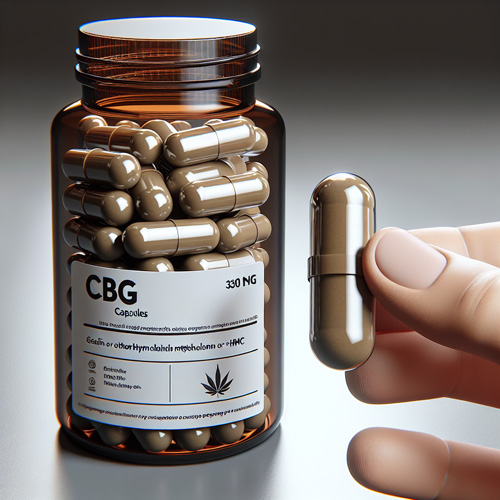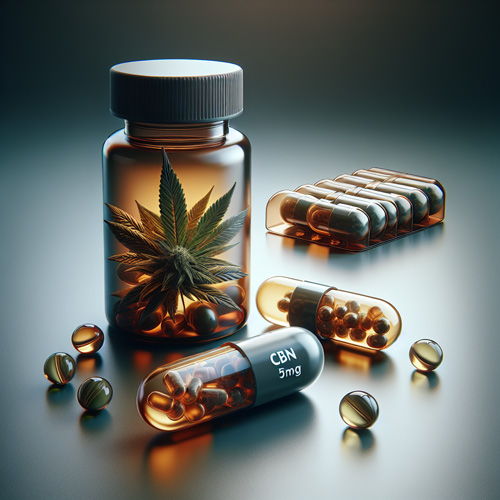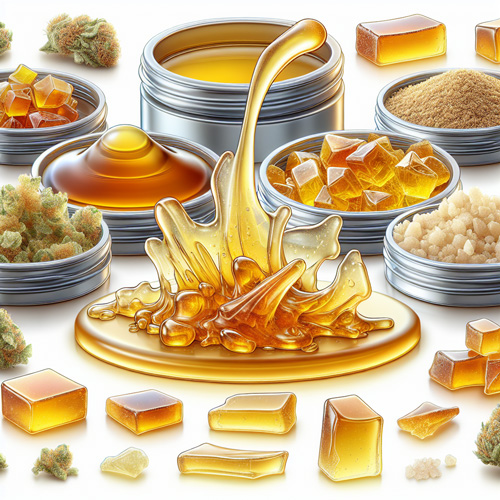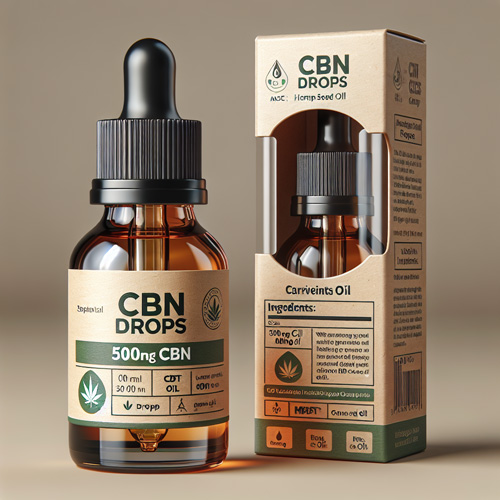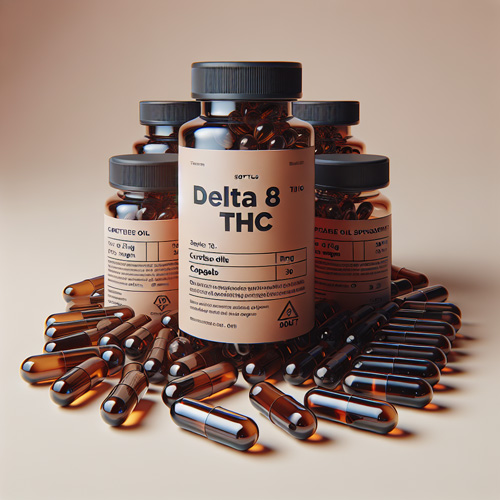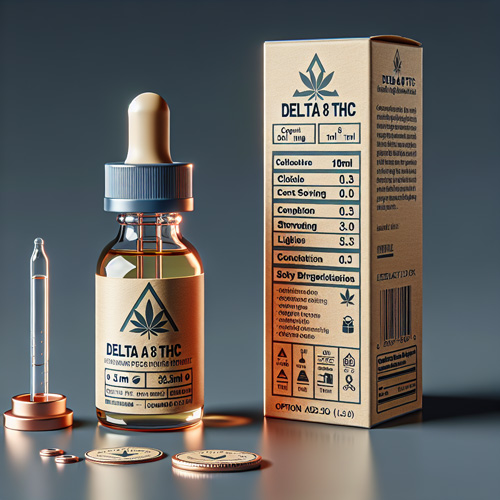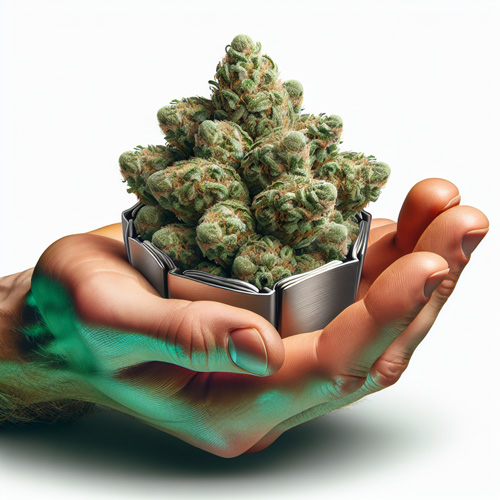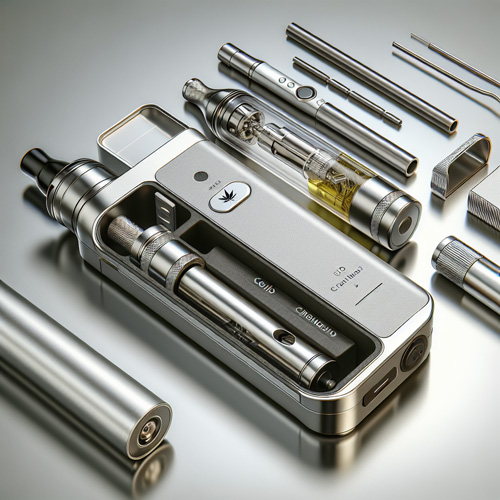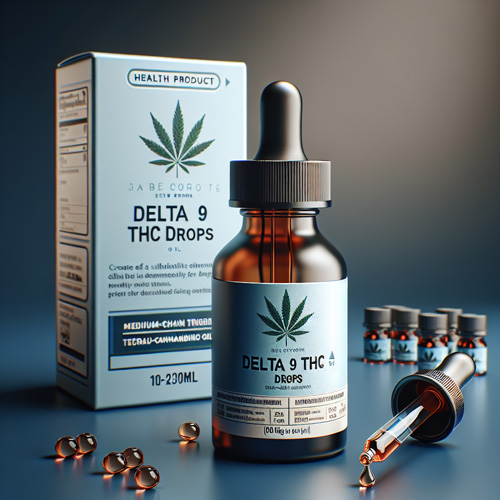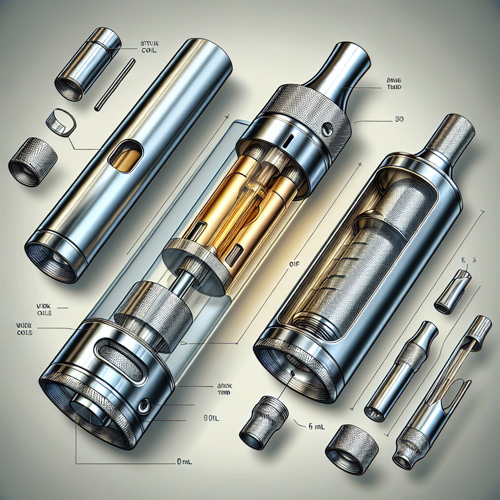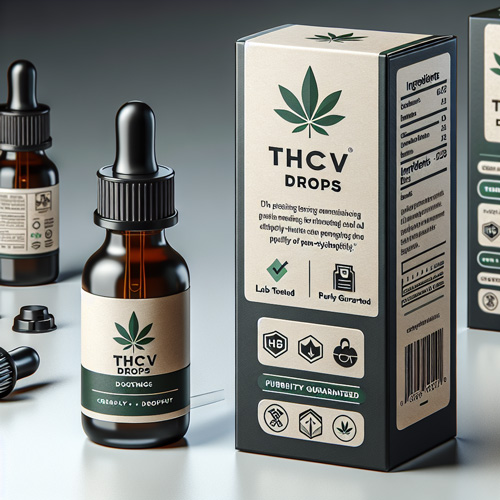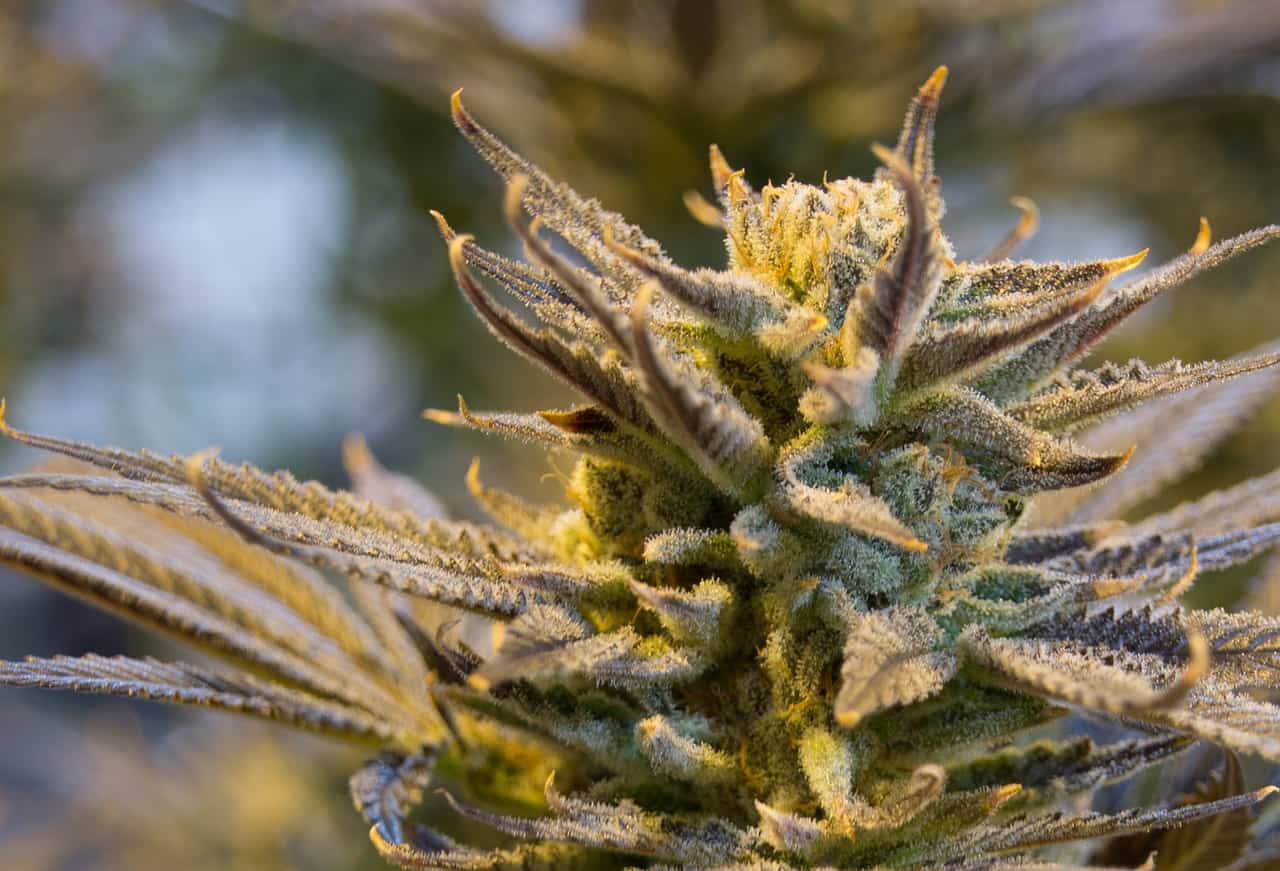
What is THCa: Definition and Introduction
What is THCA?
THCA, or tetrahydrocannabinolic acid, is a naturally occurring compound found in the cannabis plant.
Although it is not widely recognized for its psychoactive effects, THCA is a precursor to delta-9 tetrahydrocannabinol (THC), the well-known psychoactive component of cannabis. Unlike THC, THCA is non-psychoactive in its raw form. When heat is applied, through smoking, vaporizing, or cooking, THCA undergoes a chemical reaction known as decarboxylation and converts into THC.
THCA and THC are both major cannabinoids present in cannabis, but they differ in their chemical structure and properties. THCA has gained attention for its potential health benefits, including anti-inflammatory activity, and its interaction with cannabinoid receptors, particularly the CB1 receptor. As a result, THCA has become a subject of interest in medical cannabis research and the development of therapeutic cannabis products.
Accurate measurement and detection of THCA in cannabis extracts and products is important for quality control and regulatory compliance in the cannabis industry.
So what is THCa, and where does it come from?
Sources of THCA

THCA is a psychoactive compound that is primarily found in the trichomes of the cannabis plant. These trichomes are small, hair-like structures that cover the buds, leaves, and stems of the plant. Specifically, THCA is produced in the capitate stalked trichomes, which are the largest and most resinous type of trichomes.
THCA can be found in various forms in the market. It is commonly sold in the form of edibles, which are food products infused with cannabis extracts. The most common product to get THCa is from raw cannabis or THCa hemp flower. Infused oils, tinctures, juices, and topicals are also popular THCA products. These different forms provide consumers with a variety of options for consumption.
Interestingly, THCA is not psychoactive in its raw form. It needs to undergo a decarboxylation process to convert into delta-9-tetrahydrocannabinol (THC), the well-known psychoactive component of cannabis. Decarboxylation is initiated by adding heat, such as through smoking or baking the plant material. This chemical reaction transforms THCA into THC, resulting in the characteristic psychoactive effects commonly associated with cannabis consumption.
THCA is primarily sourced from the trichomes of the cannabis plant, particularly in the capitate stalked trichomes. It is sold in various forms such as edibles, infused oils, tinctures, juices, and topicals. The addition of heat through the decarboxylation process is necessary to activate its psychoactive effects.
History of THCA
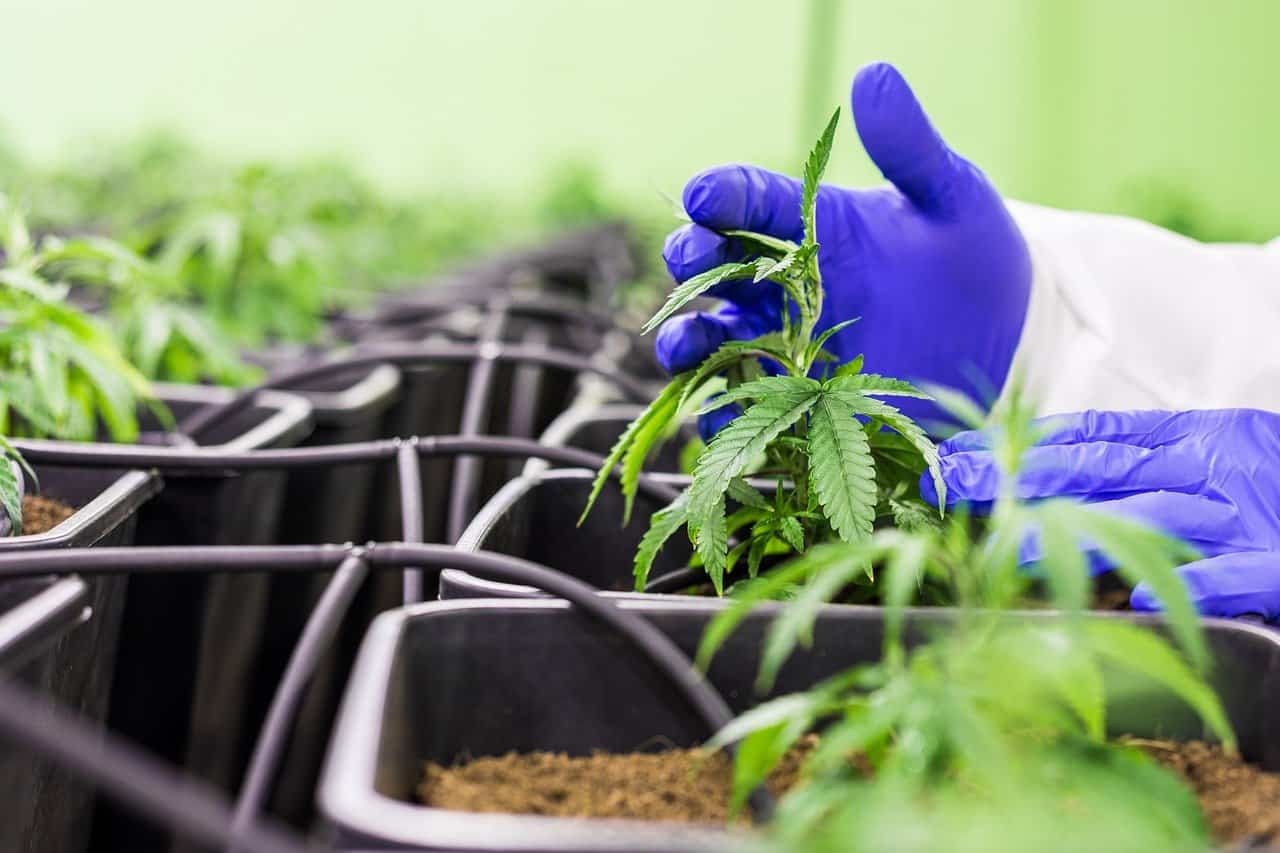
THCA has a rich history intertwined with the cannabis plant. Its origins can be traced back to ancient civilizations that cultivated the cannabis plant for various purposes. The cannabis plant, also known as marijuana, has been used for thousands of years for its psychoactive and medicinal properties.
The discovery of THCA can be attributed to advances in scientific research on the cannabis plant. In the 1960s and 1970s, researchers began to isolate and identify the different compounds present in cannabis. This led to the identification of major cannabinoids, including THC and its acidic precursor, THCA.
Over the years, significant milestones have been achieved in understanding the properties and potential benefits of THCA. Research has focused on its chemical structure, molecular interactions with cannabinoid receptors, and potential therapeutic applications. Studies have suggested that THCA may have anti-inflammatory activity and could be beneficial in the treatment of various conditions.
The development of analytical techniques, such as gas chromatography, has allowed for the accurate detection and quantification of THCA in cannabis products. Regulatory structures have been put in place to ensure the quality and safety of medical cannabis products, including monitoring the levels of THCA.
The history of THCA is closely intertwined with the cannabis plant, with advancements in research and technology allowing for a better understanding of its properties and potential benefits.
Chemical Structure
What is THCA’s chemical makeup? It has a unique chemical structure and molecular composition that gives it specific properties and potential benefits. Studies have shown that THCA can interact with cannabinoid receptors, particularly the CB1 receptor, leading to various effects on the body.
Additionally, THCA has been found to have anti-inflammatory activity, suggesting its potential use in treating inflammatory conditions. Analytical techniques like gas chromatography have allowed for accurate detection and quantification of THCA in cannabis products, ensuring quality control and safe consumption.
The regulatory structure in place for medical cannabis testing laboratories monitors the levels of THCA, along with other cannabinoids, to establish the potency and therapeutic potential of cannabis extracts.
Molecular Structure
THCA’s molecular structure is similar to that of THC (tetrahydrocannabinol), but with an extra carboxyl group (COOH) attached. This additional group significantly affects the physiological effects and the ability of THCA to bind to brain receptors.
The presence of the carboxyl group in THCA makes it an acidic cannabinoid. In its raw form, THCA does not have psychoactive properties. This is because the carboxyl group prevents it from binding strongly to the cannabinoid receptors in the brain, particularly the CB1 receptor. As a result, THCA does not produce mind-altering effects commonly associated with THC.
However, when THCA is subjected to heat or undergoes a process called decarboxylation, the carboxyl group is removed, transforming THCA into THC. This decarboxylation process occurs naturally when cannabis is smoked or vaporized, or when it is exposed to high temperatures during cooking.
It’s important to note that THCA still possesses potential therapeutic benefits, such as anti-inflammatory activity. Therefore, medical cannabis products may contain both THCA and THC to provide a range of potential health benefits.
Difference between THC and THCA
THC and THCA are major cannabinoids found in the cannabis plant, but they differ in their chemical structure, consumption methods, and potential benefits.
The key distinction between THC (tetrahydrocannabinol) and THCA (tetrahydrocannabinolic acid) lies in the presence of a carboxyl acid attached to THCA. This carboxyl group gives THCA its acidic form, while THC does not possess this group.
Due to the carboxyl group, THCA does not cause intoxicating effects. In its raw form, THCA does not bind strongly to cannabinoid receptors in the brain, including the CB1 receptor, which are responsible for psychoactive reactions. Therefore, consuming THCA in its raw form does not lead to mind-altering effects commonly associated with THC.
However, when THCA is exposed to heat, such as through smoking, vaporization, or cooking, the carboxyl group is removed, converting THCA into THC. This decarboxylation process unleashes the psychoactive properties of THC.
While THC is known for its euphoric effects, THCA still offers potential therapeutic benefits. It has been found to possess anti-inflammatory properties, among other potential health benefits. As a result, medical cannabis products may contain both THCA and THC to provide a range of potential health benefits.
Psychoactive Effects of THCA
While THCA itself does not possess psychoactive properties, it is important to understand the potential effects that can be experienced once it is converted into THC. THC is the primary psychoactive compound found in the cannabis plant, responsible for the mind-altering effects commonly associated with cannabis use.
When THCA is exposed to heat or light, it undergoes a chemical reaction known as decarboxylation, resulting in the removal of the carboxyl acid group and the conversion of THCA into THC. This is when the psychoactive effects of THC are unleashed. It is these psychoactive effects that contribute to the feelings of euphoria, relaxation, altered perception, and potential therapeutic benefits commonly associated with cannabis use.
However, it is important to note that individual experiences with THC can vary, and adverse effects such as anxiety, paranoia, and impaired cognition can also occur.
Psychoactive Component of THCA
THCA does not possess psychoactive properties. This is due to its chemical structure, which contains an additional carboxyl group.
THCA can be transformed into THC through a process called decarboxylation, which involves heating or lighting the cannabis plant. When THCA undergoes decarboxylation, the carboxyl group is removed, resulting in the formation of THC. It is this converted form of THCA that binds to cannabinoid receptors in the brain to produce the psychoactive effects commonly associated with cannabis consumption.
However, it is important to note that products containing THCA, when consumed without heating or lighting, do not induce psychoactive properties. This means that raw cannabis, or products made from raw cannabis such as cannabis extracts or oral cannabis extracts, do not produce the same psychoactive effects as heated or decarboxylated cannabis.
Potential Benefits of THCA
What is THCA’s benefits? It has shown significant potential benefits in various therapeutic applications. One of its notable properties is its anti-inflammatory activity. Research suggests that THCA can help reduce inflammation in the body, making it a promising option for managing inflammatory conditions such as arthritis.
Additionally, THCA has demonstrated neuroprotective effects, meaning it may help protect nerve cells from damage or degeneration. This could have implications for conditions like Alzheimer’s disease or multiple sclerosis.
THCA has also been studied for its antiemetic properties, showing promise in reducing nausea and vomiting associated with chemotherapy treatments. It may provide much-needed relief for cancer patients undergoing chemotherapy, improving their overall quality of life.
Furthermore, THCA has shown anti-proliferative effects, which means it may suppress the growth of cancer cells. Although more research is needed, initial studies suggest that THCA could potentially be an effective adjunct therapy for cancer treatment.
Moreover, THCA has been reported to aid in managing insomnia by promoting relaxation and improving sleep quality. This could be beneficial for individuals struggling with sleep disturbances.
Lastly, THCA has been found to have analgesic properties, potentially offering relief from pain. It may be a natural alternative for those seeking pain management without the adverse effects of traditional pain medications.
While the research on THCA’s potential benefits is still ongoing, these initial findings indicate its remarkable therapeutic potential. As interest in medical cannabis grows, more research is eagerly awaited to unlock the full therapeutic potential of THCA in treating various conditions.
Methods of Analysis and Detection Limits
When it comes to analyzing and detecting THCA, various methods have been developed to accurately measure its presence in cannabis products.
One common method is gas chromatography, which involves separating and identifying the components of a sample based on their vaporization properties. This technique is often used due to its ability to provide accurate and precise results.
Additionally, liquid chromatography is another popular method, particularly for the analysis of THCA in medicinal cannabis products. This technique uses a liquid mobile phase to separate and identify the different compounds in a sample. In terms of detection limits, laboratories typically establish their own limit of quantification, which is the lowest concentration of a compound that can be reliably measured.
This ensures that the presence of THCA can be accurately detected and quantified in various cannabis products, such as extracts or resins. By employing these analytical methods and adhering to rigorous detection limits, researchers and regulators can gain valuable insights into the presence and concentration of THCA in different cannabis preparations.
Gas Chromatography (GC) & High Performance Liquid Chromatography (HPLC)
Gas Chromatography (GC) and High Performance Liquid Chromatography (HPLC) are two commonly used techniques in analyzing tetrahydrocannabinolic acid (THCA), a major cannabinoid present in the cannabis plant.
GC utilizes a non-reactive gas, such as helium or nitrogen, as a carrier to separate and measure volatile compounds. During the process, the heat applied in the GC decarboxylates acidic cannabinoids, including THCA, converting them into their psychoactive counterpart, delta-9 tetrahydrocannabinol (THC). This conversion allows for the detection and quantification of THC levels in the sample.
On the other hand, HPLC is an effective method for quantifying less volatile compounds, including THCA, without the need for heat-induced decarboxylation. Unlike GC, which vaporizes the sample, HPLC uses a liquid solvent to separate and analyze the components of the sample. It employs a stationary phase, such as a solid or gel material, to retain the analytes of interest while allowing others to pass through. This allows for the accurate measurement of THCA levels without the conversion to THC.
Both GC and HPLC are valuable tools in analyzing THCA and other cannabinoids present in cannabis extracts, oral cannabis products, and cannabis resins. These techniques provide important insights into the regulatory structure, beneficial effects, and potential adverse effects associated with the consumption of medical cannabis products.
Moreover, GC and HPLC are essential in ensuring the quality and safety of these products, as they help identify and quantify external contaminants and verify the concentration of therapeutic compounds.
Mass Spectrometry (MS)
Mass Spectrometry (MS) is a powerful analysis method used to determine the concentration of cannabinoids in cannabis products. It involves ionizing the sample and then separating the ions based on their mass-to-charge ratio.
MS provides detailed information about the molecular structure of cannabinoids, making it an essential tool for cannabis testing. It can detect both neutral and acidic forms of cannabinoids, including THCA (tetrahydrocannabinolic acid).
By ionizing the sample, MS breaks the molecules into charged fragments, allowing for the identification and quantification of specific cannabinoids. This method enables accurate and reliable measurements of cannabinoid concentrations in various cannabis products, such as oils and extracts.
The ability of MS to analyze the molecular structure of cannabinoids also adds valuable information about the compounds present and their potential effects. This information is crucial for regulators, medical professionals, and consumers to make informed decisions.
Mass Spectrometry is a highly effective analysis method for determining cannabinoid concentrations in cannabis products. Through ionization and separation, MS allows for accurate measurement and detailed understanding of the molecular structure of cannabinoids.
Health Benefits of THC-A
One of the most well-known benefits of THCA is its anti-inflammatory properties. It has been found to inhibit the production of inflammatory molecules, potentially reducing inflammation throughout the body. This makes it promising for conditions such as arthritis, Crohn’s disease, and multiple sclerosis.
THCA also exhibits neuroprotective qualities, potentially safeguarding against conditions like Alzheimer’s and Parkinson’s diseases. Studies have shown that THCA can protect brain cells from oxidative stress and inflammation, helping to prevent neurodegeneration.
Additionally, THCA has been found to have antiemetic effects, meaning it can alleviate nausea and vomiting. This makes it a potential treatment for cancer chemotherapy patients or those suffering from nausea caused by other conditions.
Furthermore, THCA has shown anti-proliferative properties, which means it may help slow down the growth and spread of certain types of cancer cells. While more research is needed in this area, it opens up the possibility of THCA being used in cancer therapies.
Lastly, THCA has been explored for its potential in pain management. It is believed to modulate pain signals, providing relief without the psychoactive effects associated with THC.
Overall, THCA holds great promise as a therapeutic cannabinoid, offering potential benefits in areas such as anti-inflammatory activity, neuroprotection, antiemesis, anti-proliferation, and pain management. Further research is needed to fully understand and harness its therapeutic potential.
